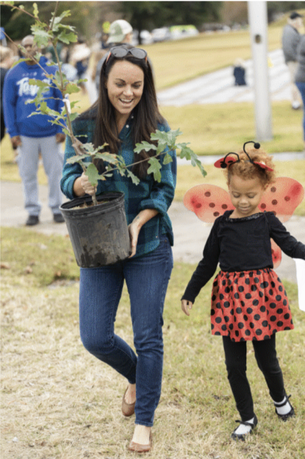Supporting Urban Forestry
Local Nonprofits Are Boosting Tree Growth in Georgia’s Cities
Fall 2023
By T.A. DeFeo

“Trees are the number-one way to mitigate heat islands and the rising temperatures in cities." - Greg Levine, Executive Director, Trees Atlanta
|
Georgia Forestry Magazine is published by HL Strategy, an integrated marketing and communications firm focused on our nation's biggest challenges and opportunities. Learn more at hlstrategy.com
|
